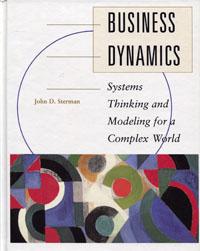1.Incorporates a modeling approach: Modeling and models help students learn to visualize a business organization through structures and policies that create dynamics and regulate performance. Students gain a better understanding of how an organization's performance is related to its internal structure and operating policies'as well as to the operating policies of its customers, competitors, and suppliers.
2.Offers role-playing experiential exercises: The book offers diverse modes of learning, including role-playing exercises. This 'active learning' approach engages students, vitalizes the subject matter, and helps develop students' abilities to 'think on their feet.'
3.Utilizes case studies depicting real companies throughout: Case studies of successful design and implementation strategies are used to illustrate systems dynamics principles. This approach offers both realism and proof of the effectiveness of system dynamics principles when applied, in a practical fashion, to real business problems and situations.
4.Emphasizes the use and construction of simulation models and flight simulation exercises: Simulation models and flight simulators are used to develop principles of policy design. This permits both the exploration and the understanding of such complex issues as fluctuating sales, production and earnings, market growth and stagnation, the diffusion of new technologies, the use and reliability of forecasts, and the rationality of business decision-making.
作者簡介
John D. Sterman
現職:Sloan School of Management of the Massachusetts Institute of Technology












